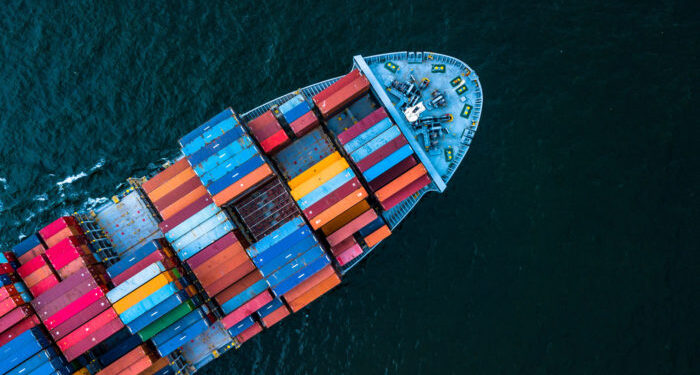A new platform developed by Stockholm Environment Institute (SEI) delivers for the first time information on cargo transported by individual vessels, the companies that own the cargo and the greenhouse gas emissions associated with global maritime trade.
Global Shipping Watch introduces a pilot version covering large trading countries such as Brazil and the US.
The combination of detailed cargo data and vessel operations data brings a very powerful product and shines a light on what has long been a blind spot. Companies, investors, governments and research organizations can now use the data to inform decisions and actions to improve maritime shipping logistics and decrease emissions
said Javier Godar, SEI Senior Researcher.
Global Shipping Watch also combines a detailed description of cargo in individual ships, including ownership information, with data on ship movements and operations obtained from satellites and land stations.
More specifically, Global Shipping Watch (GSW) is an open-access demonstration platform led by SEI and partners UMAS and Simumatik that fills information gaps and provides access to key data. The platform:
- Contributes to corporate carbon reporting on scope 3 emissions (indirect emissions that occur in a company’s value chain)
- Helps consumers to understand the real carbon footprint of their choices
- Benchmarks the performance of accountable supply-chain actors (carriers, vessels, export companies, and countries) by setting credible baselines
- Provides information for more efficient chartering operations, modelling improved shipping operations and more efficient global maritime architecture
- Enables better analysis of supply chain vulnerabilities, bottlenecks and commercial opportunities.
Global Shipping Watch currently includes data on all the maritime exports and imports of the US, representing about one sixth of world trade in goods, as well as the exports of countries such as Brazil, Chile, Ghana, Indonesia and Peru in 2019.
The ambition is to increase the geographical and temporal coverage of the platform to include most global maritime trade.
































































